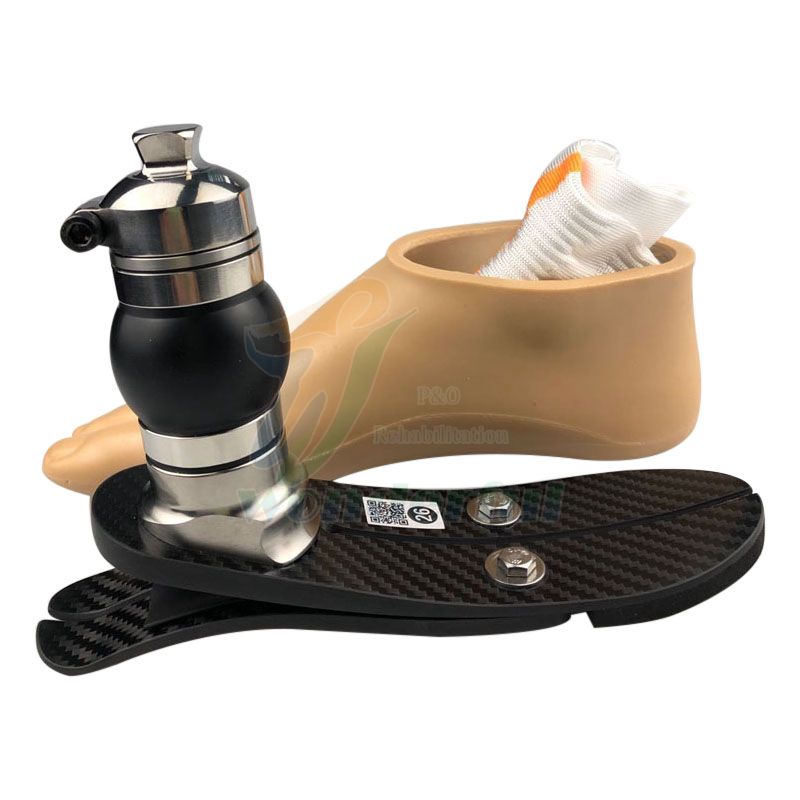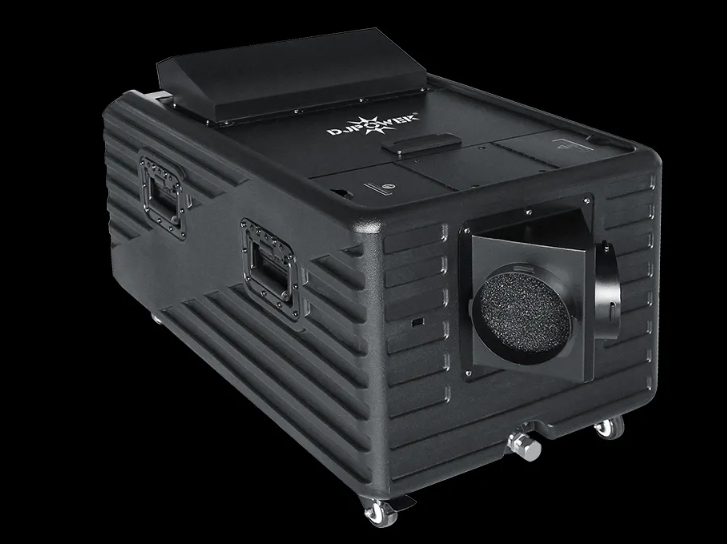In the realm of prosthetic technology, the choice between fiberglass and carbon fiber prosthetic foot is a decision that greatly impacts the comfort, mobility, and overall quality of life for amputees. Both materials offer unique advantages, but understanding the key differences is crucial for making an informed decision.
Fiberglass Prosthetic Feet: A Reliable Option
Fiberglass has been a staple in the prosthetic industry for years, known for its durability, affordability, and flexibility. One of the key advantages of fiberglass prosthetic feet is their shock absorption capabilities. The material's ability to absorb and disperse impact forces can reduce strain on the residual limb, promoting comfort during daily activities.
Fiberglass prosthetic feet are also renowned for their lightweight design. Amputees appreciate the ease of movement and reduced energy expenditure that comes with a lightweight prosthesis. This makes fiberglass prosthetic feet an excellent choice for individuals with a more sedentary lifestyle or those seeking a cost-effective option.
However, it's essential to note that fiberglass may not be as responsive or provide the same level of energy return as some other materials. For individuals with an active lifestyle or those who engage in high-impact activities, a more advanced material like carbon fiber may be a preferable choice.
Carbon Fiber Prosthetic Feet: Unmatched Performance
Carbon fiber prosthetic feet have gained popularity for their exceptional strength-to-weight ratio and responsiveness. Carbon fiber is a high-performance material that excels in providing a more natural and energy-efficient gait. This is particularly beneficial for amputees who lead active lives and engage in activities that demand a higher level of performance.
The stiffness of carbon fiber allows for a more dynamic response, facilitating a smoother and more efficient walking or running experience. Additionally, carbon fiber prosthetic feet are known for their resilience, making them suitable for various terrains and conditions.
Despite the superior performance of carbon fiber, it's worth noting that these prosthetic feet tend to be more expensive than their fiberglass counterparts. The higher cost may be a significant factor for individuals with budget constraints or limited access to insurance coverage.
Making the Decision: Personal Factors Matter
The choice between fiberglass and carbon fiber prosthetic feet ultimately depends on individual needs, preferences, and lifestyle. Factors such as activity level, budget, and the desired level of comfort all play a role in determining the most suitable prosthetic foot material.
Some may find that the reliability and cost-effectiveness of fiberglass meet their needs perfectly, while others may prioritize the advanced performance and responsiveness of carbon fiber. Consulting with a prosthetic specialist is crucial to assess individual requirements and explore the most suitable options.
Conclusion
In conclusion, both fiberglass and carbon fiber prosthetic foot offer unique benefits, and the decision should be based on personal circumstances. Whether opting for the reliability of fiberglass or the performance of carbon fiber, consulting with a prosthetic specialist is essential to ensure the chosen prosthetic foot aligns with individual needs and goals.
For further assistance in choosing the right prosthetic foot or to inquire about suppliers, please do not hesitate to contact Shijiazhuang Wonderfu. Our team of experts is dedicated to providing support and guidance to individuals seeking the best solutions for their prosthetic needs. Choose the right prosthetic foot and regain the freedom to move with confidence.


没有评论:
发表评论